| Attribute | Value |
|---|---|
| Manufacturer | Cirrus Logic |
| Model | Mvga-avga3 |
| FCC ID | Ib9mvgaavga3 |
| Board Markings | 88 94v-0 |
| Reference Number | 67151 |
| Board Code | Plva-9711141052 |
| Chipset | Cl-gd5429-86qc-b |
| Serial Code | 40119-422cg |
| Production Date | 9522 T |
| Country of Origin | Made in Taiwan |
| Weight | 70 gm |
Technical Specifications
The Cirrus Logic MVGA-AVGA3 was developed with VGA and SVGA in mind. Here are its specifications;
Chipset: Cirrus Logic GD5402/GD5403
Memory: As low as 256KB to as high as 512KB of DRAM
Resolution Support: Up to 800 x 600 in 256 colours in the SVGA mode
Bus Interface: ISA
Performance: Developed for Dos games and early windows graphical interface
Although the specifications were very modest by today’s standards, they were deemed quite solid at the time. The card’s VGA and early SVGA graphics made it an option for virtually all users.
Performance and Capability
This was still an era that the EGA (Enhanced Graphics Adapter) and CGA (Color Graphics Adapter) represented. VGA graphics had changed this; it took performance and abilities of Cirrus Logic MVGA-AVGA3 to considerable leaps in resolution and color depth and overall performances.
For gaming, the card managed to perform reasonably with lots of early DOS-based titles. Though not quite the best of its class, it was still one of the least expensive choices, which made it an attractive option for budget-conscious users. Many early Windows applications also made use of the card’s improved graphics capabilities, making it a practical choice for business and home users alike.
Compatibility and Use
The MVGA-AVGA3 was designed to run on IBM-compatible PCs running DOS and early Windows versions (3.1 and below). The card supported many display modes to ensure compatibility with both text-based and graphical applications. Because the card used an ISA interface, it could be installed in most 286, 386, and even some early 486 machines.
However, with the advent of PCI-based video cards in mid-1990s, ISA cards like the MVGA-AVGA3 went out of preference. Still, the card is an interesting relic from a pivotal period of computer history.
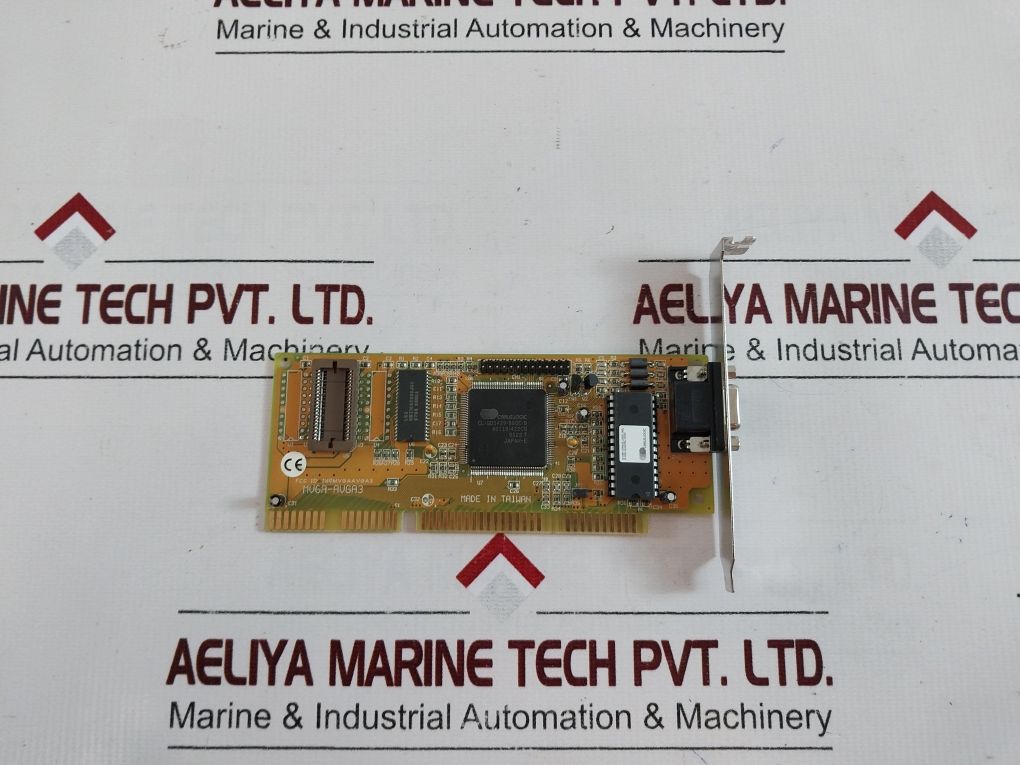
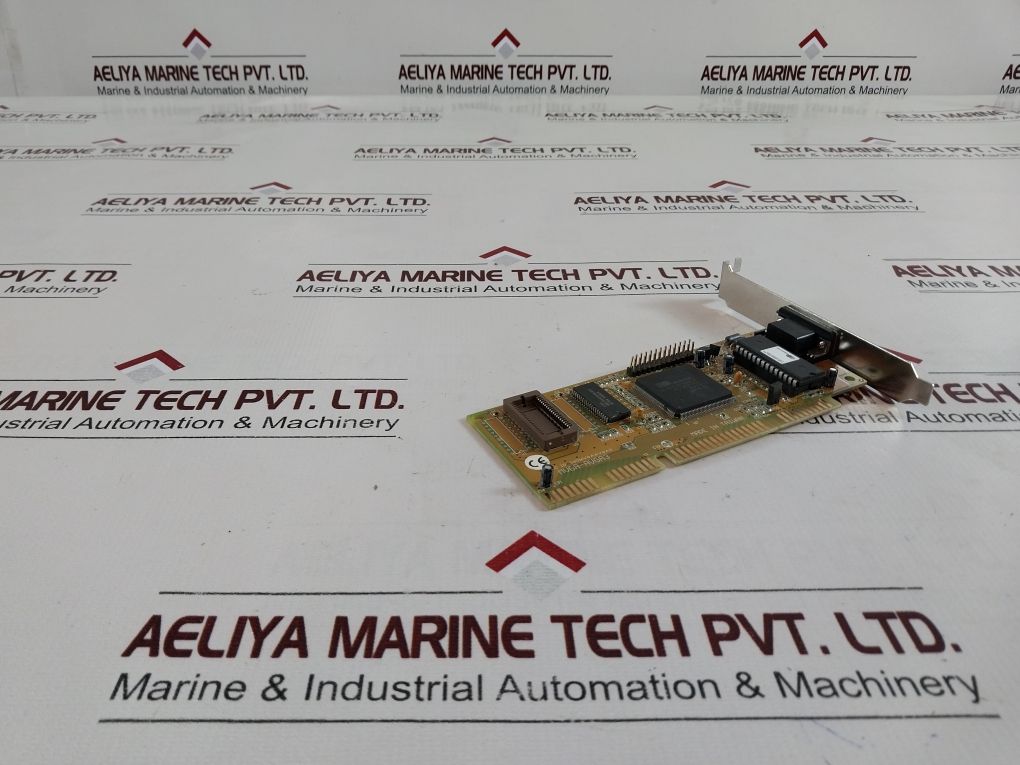
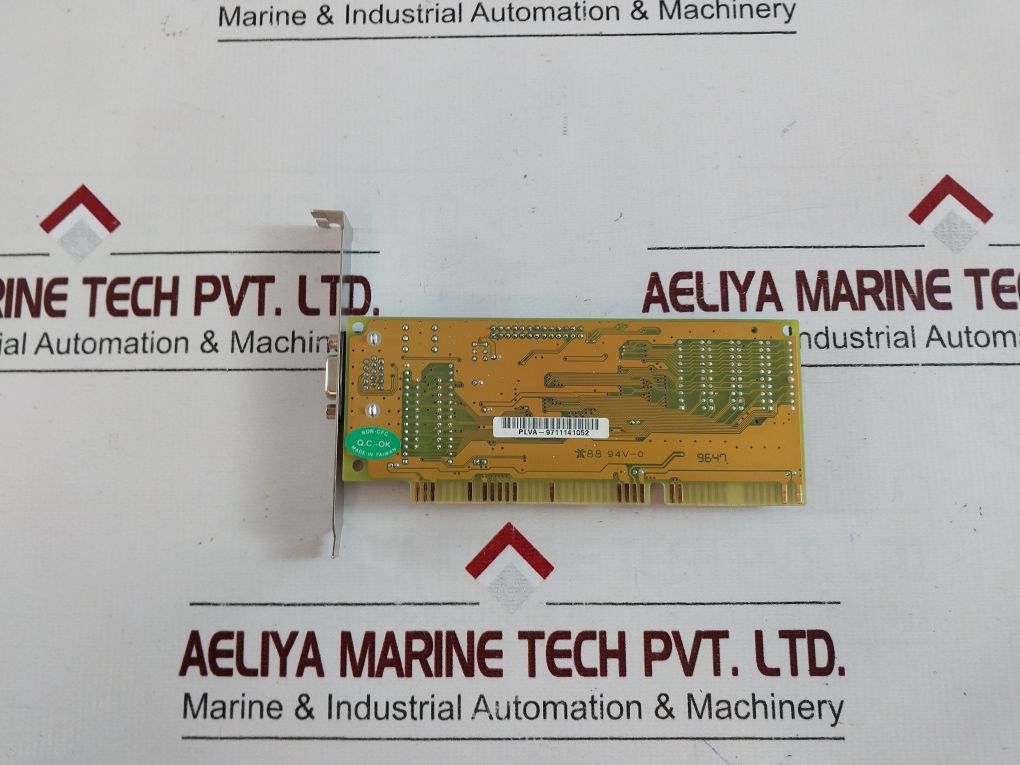
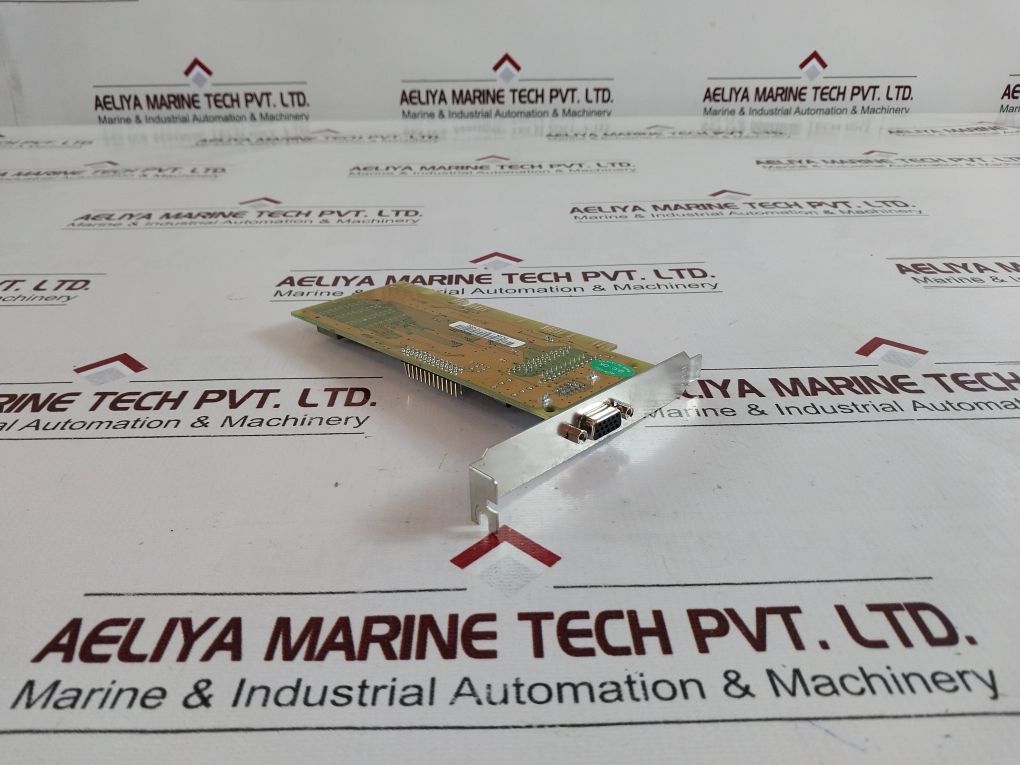
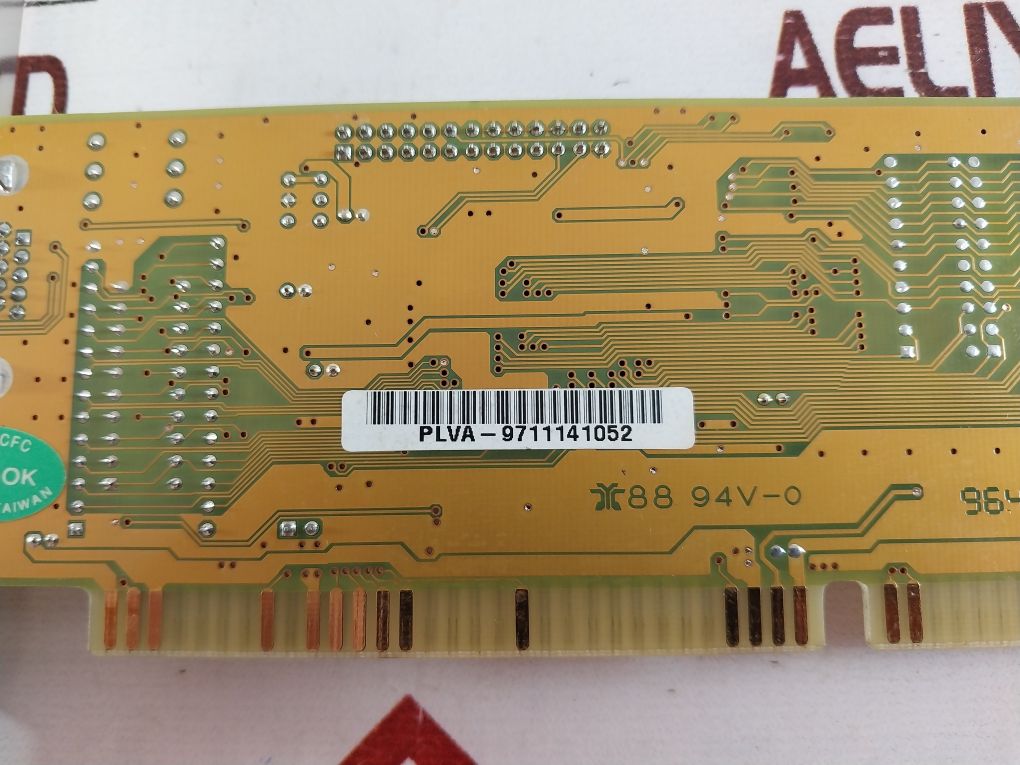
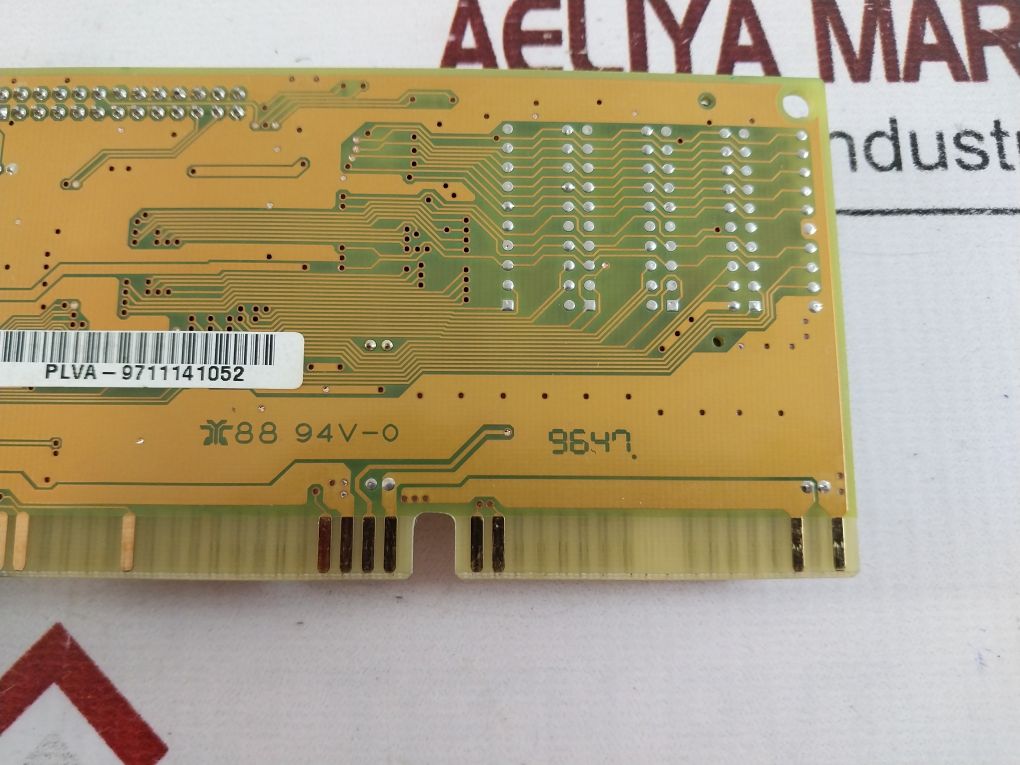
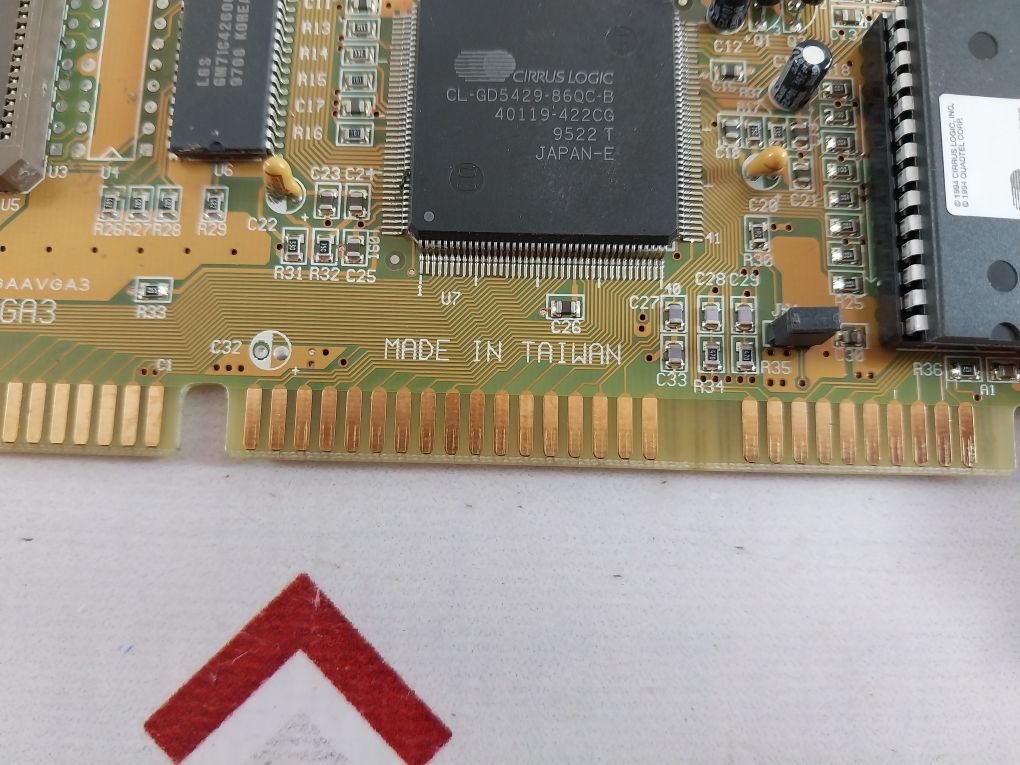
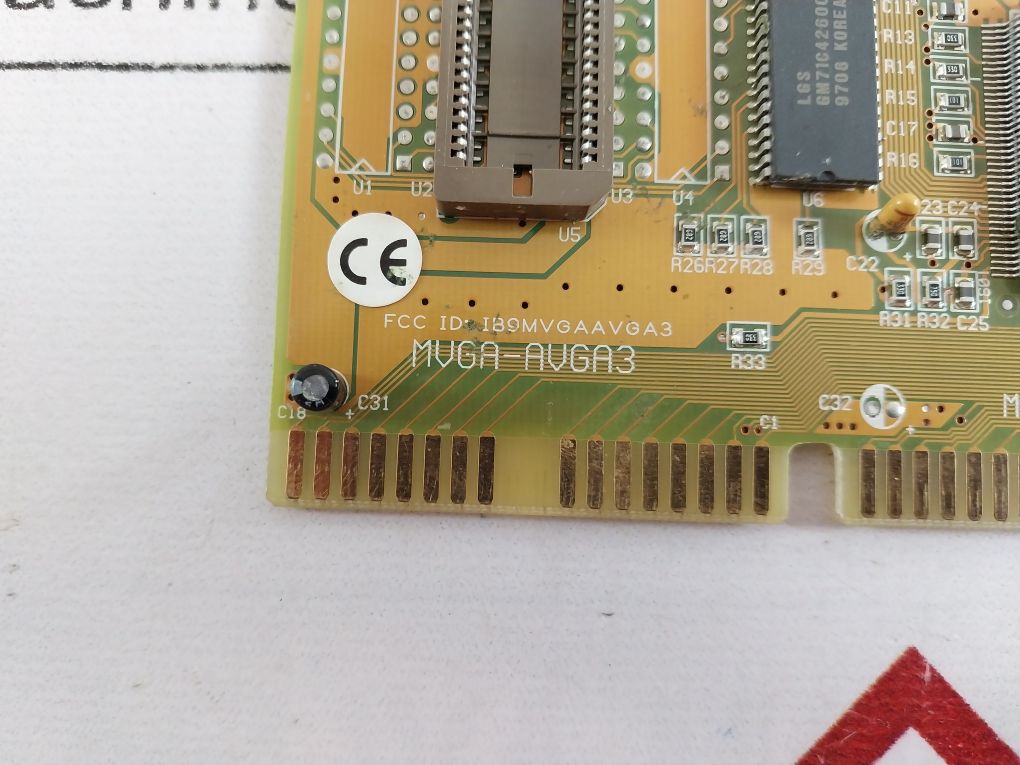
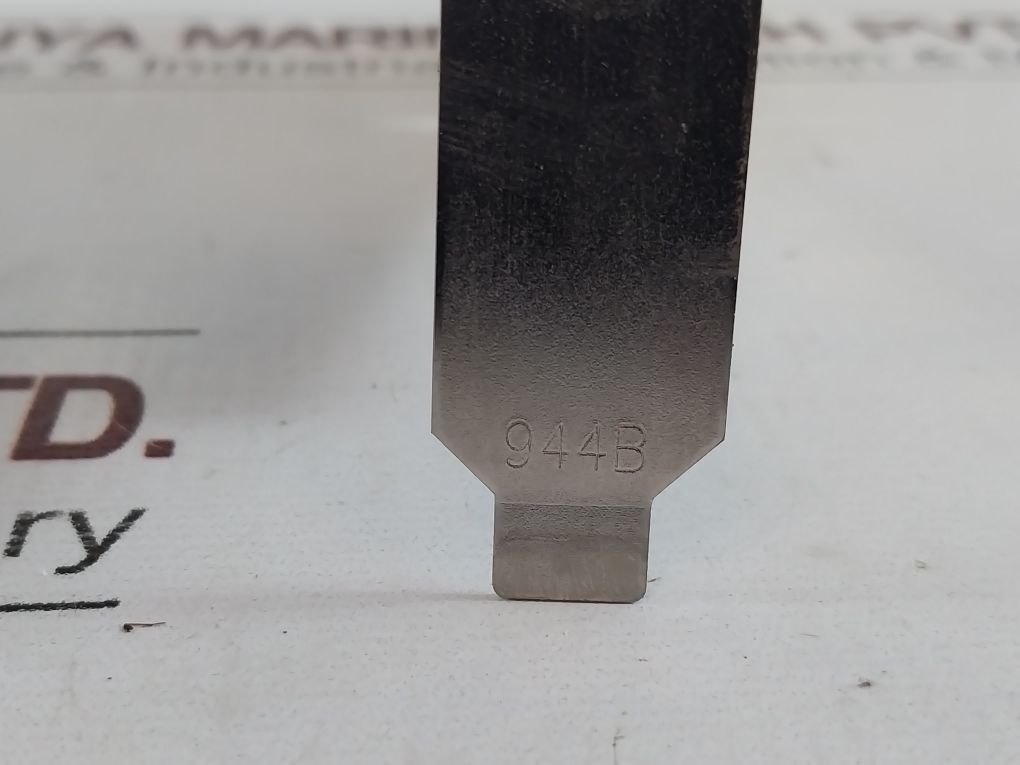
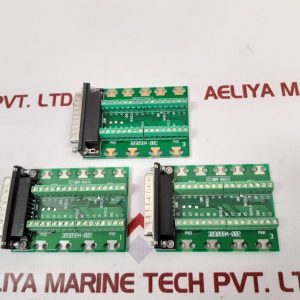
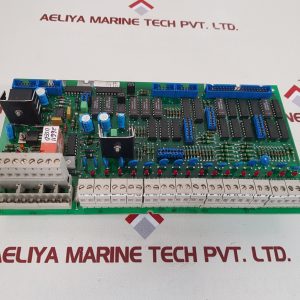
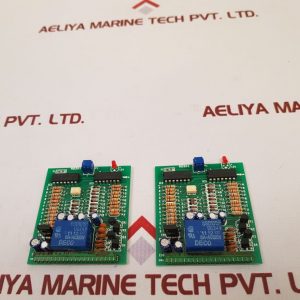
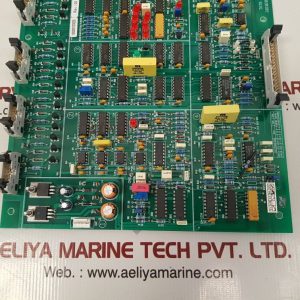
Reviews
There are no reviews yet.